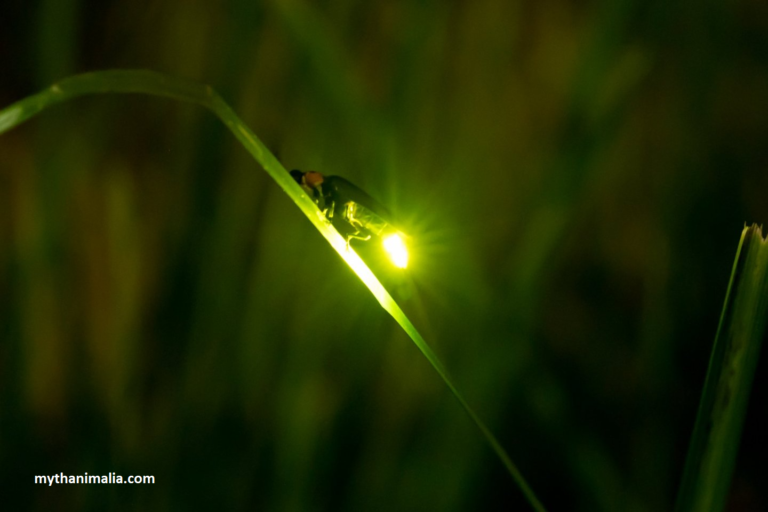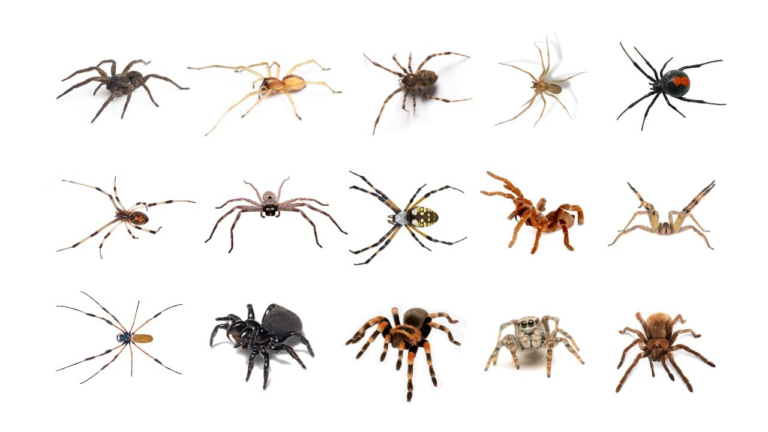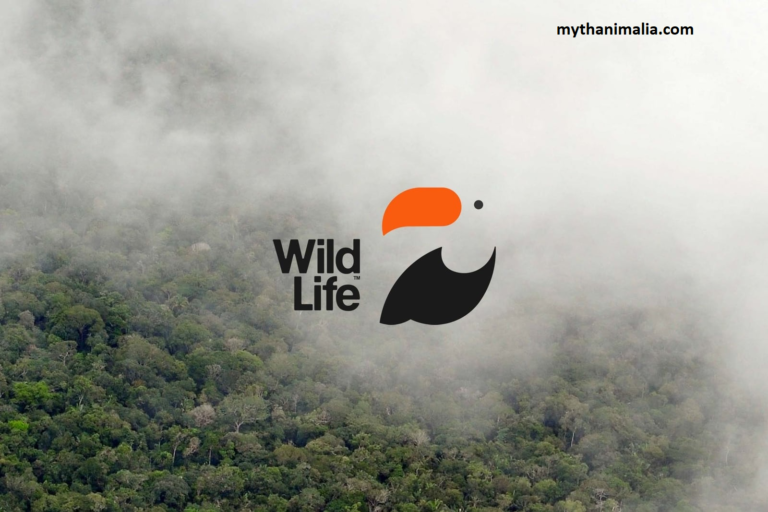Marine Wildlife And Ocean Species
Marine wildlife, encompassing a diverse range of species, plays a crucial role in maintaining the ecological balance of our planet. From the smallest plankton to the majestic whales, the oceans host an incredible array of life.
Significance
Marine wildlife refers to the various species that inhabit our oceans, contributing to the intricate web of life beneath the waves. The significance of marine life extends beyond its aesthetic appeal; it plays a vital role in nutrient cycles, climate regulation, and sustaining the livelihoods of coastal communities.
Marine Ecosystems
The oceans are home to an astonishing variety of life forms, ranging from microscopic phytoplankton to massive whales. The rich biodiversity of marine ecosystems provides stability and resilience to the global environment.
Types of Marine Wildlife
- Fish Species
- Mammals (Whales, Dolphins, Seals)
- Reptiles (Turtles)
- Invertebrates (Corals, Jellyfish)
1- Fish Species
Fish, comprising a vast and diverse group, are fundamental to marine ecosystems. From colorful reef fish to powerful predators in the open ocean, they contribute to the balance of the food chain.

2- Mammals (Whales, Dolphins, Seals)
Marine mammals, such as whales, dolphins, and seals, captivate us with their intelligence and social behaviors. Their survival is indicative of the overall health of marine ecosystems.
Whales
Whales, the gentle giants of the ocean, capture our imagination with their sheer size and grace. These magnificent creatures play a pivotal role in marine ecosystems, contributing to the balance and health of the oceans.

Dolphins
Dolphins, with their playful antics and high intelligence, are among the most enchanting inhabitants of the seas. These marine marvels have captured the hearts of humans worldwide, sparking fascination and admiration.

Seals
Seals, with their endearing looks and graceful movements, are captivating inhabitants of coastal realms. These semiaquatic mammals bridge the gap between land and sea, contributing to the biodiversity of our oceans.
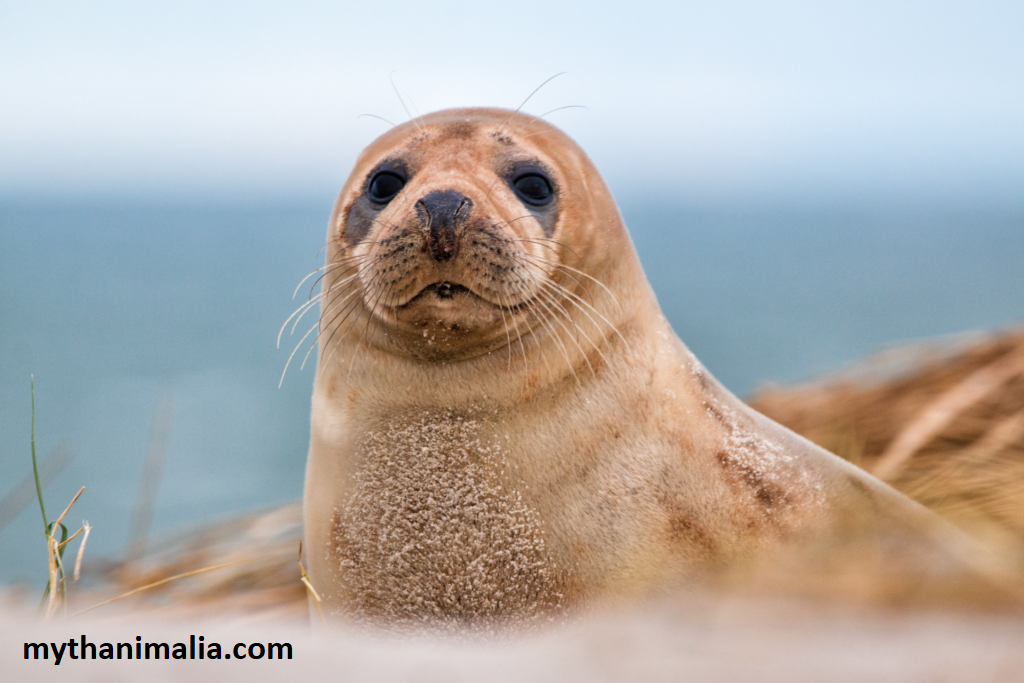
3- Marine Reptiles
Marine reptiles, a group of ancient and fascinating creatures, have adapted to life in the ocean over millions of years. From graceful sea turtles to powerful marine iguanas, these reptiles navigate the challenges of the marine environment.

Marine Turtles
Sea turtles, with their distinctive shells and slow, deliberate movements, are iconic marine reptiles. They play essential roles in maintaining the health of ocean ecosystems.
Marine Iguanas
Marine iguanas, a unique species found in the Galápagos Islands, stand out as extraordinary examples of evolution. These reptiles have developed remarkable adaptations that allow them to thrive in the challenging marine environment.
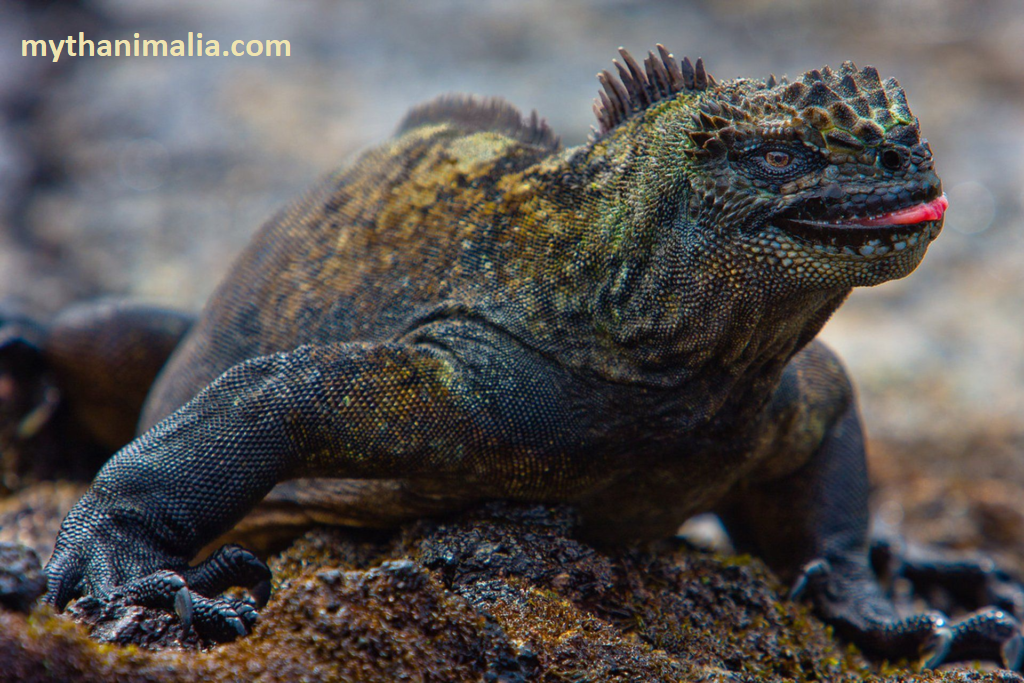
Marine Snake
Marine iguanas, a unique species found in the Galápagos Islands, stand out as extraordinary examples of evolution. These reptiles have developed remarkable adaptations that allow them to thrive in the challenging marine environment.
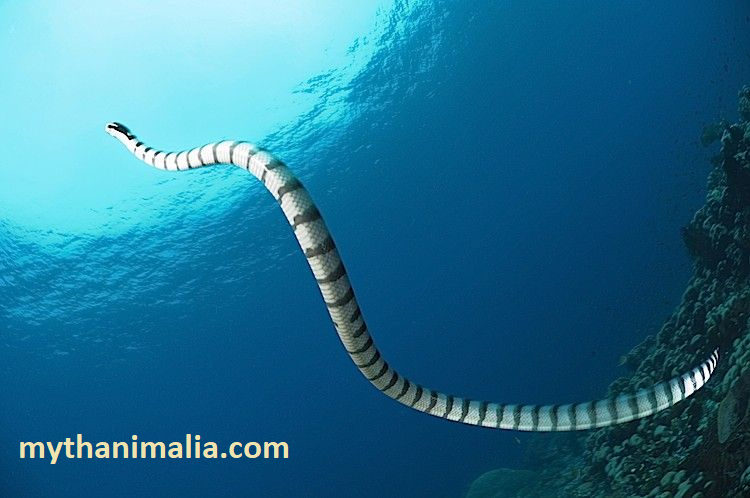
4- Invertebrates
Invertebrates, a vast group of animals lacking a vertebral column, form the backbone of marine biodiversity. From delicate corals to resilient jellyfish, these creatures contribute to the richness and complexity of ocean ecosystems.
Corals
Corals, often mistaken for plants, are intricate marine invertebrates that build calcium carbonate skeletons, forming the foundation of coral reefs. These vibrant ecosystems harbor a multitude of marine life.

Jellyfish
Jellyfish, with their delicate tendrils and pulsating bell-shaped bodies, are captivating inhabitants of the world’s oceans. Despite their seemingly simple structure, these creatures play crucial roles in marine ecosystems, contributing to the delicate balance of life beneath the waves.
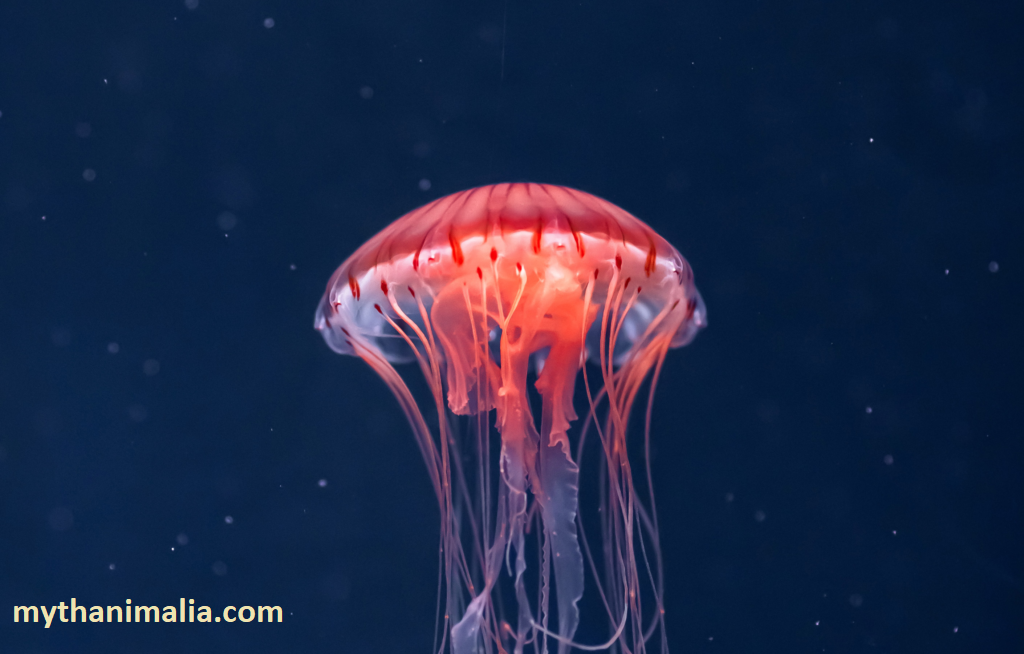
What is The Famous Species in Marine Wildlife
- Leafy sea dragon
- Blobfish
- Blue whale
- Sperm whale
- Vampire squid
- Great white shark
- Giant oceanic manta ray
- Goblin shark
- Grey seal
- Harbor seal
- Green sea turtle
Ecosystem Balance
Maintaining the delicate balance of marine ecosystems is vital for the overall health of the planet. Disruptions to this balance can have cascading effects on both marine and terrestrial environments.
Economic Significance
Marine wildlife contributes significantly to the global economy through fisheries, tourism, and pharmaceutical discoveries. The sustainable use of marine resources is key to long-term economic stability.
What are marine wildlife habitat?
Marine habitats include undersea cliffs, caves, chasms, mountains, dunes & plains. Our oceans are home to thousands of creatures and plants, but in many areas, they are threatened by damaging activities. These include building and fishing.
Climate Change Impacts
Rising sea temperatures, ocean acidification, and extreme weather events pose severe threats to marine life. Coral bleaching, for instance, is a visible consequence of climate change.
Overfishing
Overfishing depletes fish stocks, disrupts food webs, and jeopardizes the livelihoods of millions dependent on fisheries. Daily Base fishing is beneficial for aquatic life.
Pollution (Plastic, Oil Spills)
The oceans face pollution from various sources, including plastic debris and oil spills. These pollutants harm marine life, affecting everything from small organisms to apex predators.
Marine Protected Areas
Designating areas where human activities are restricted helps preserve critical habitats and allows marine ecosystems to recover.
Sustainable Fishing Practices
Implementing regulations and practices that ensure responsible and sustainable fishing helps prevent the depletion of fish populations.
International Collaboration
Addressing global challenges requires collaboration between nations, scientists, and organizations. Initiatives like the Paris Agreement aim to unite countries in the fight against climate change.
Tourist Activities
Tourism, while providing economic benefits, can also lead to habitat degradation and disturbance to marine wildlife. Responsible tourism is essential for minimizing negative impacts.
Shipping and Maritime Traffic
Increased maritime traffic poses threats such as ship strikes and oil spills. Technological innovations and strict regulations are necessary to mitigate these risks.
Coastal Development
Urbanization and coastal development can result in habitat loss, pollution, and increased human-wildlife conflicts. Balancing development with conservation is crucial.
Satellite Tracking
Satellite technology enables scientists to track the movements of marine animals, providing valuable data for conservation efforts.
Underwater Drones
Innovations like underwater drones allow researchers to explore the depths of the oceans, studying marine life in areas previously inaccessible.
Research Advancements
Technological advancements in genetics, remote sensing, and data analysis enhance our understanding of marine ecosystems and aid in conservation strategies.
Population Recovery Cases
Instances of species recovering from the brink of extinction demonstrate the positive impact of conservation efforts.
FAQ’s
Q1- What Animals Inhabit the Ocean?
A1- The ocean is home to an incredibly diverse array of animals, including fish, mammals, invertebrates, and microscopic organisms. From the tiniest plankton to the largest whales, marine life spans a wide range of species.
Q2- How Do Marine Animals Breathe Underwater?
A2- Marine animals have evolved various respiratory adaptations to extract oxygen from the water. Fish use gills, while mammals like dolphins and whales have blowholes for breathing air at the water’s surface.
Q3- Why are Coral Reefs Important?
A3- Coral reefs are crucial for biodiversity as they provide habitat for numerous marine species. They also protect coastlines from erosion, support fisheries, and have significant cultural and economic value for coastal communities.
Q4- How Can Individuals Contribute to Marine Conservation?
A4- Individuals can contribute to marine conservation by reducing plastic usage, supporting sustainable seafood choices, participating in beach cleanups, and advocating for policies that protect marine habitats. Additionally, supporting organizations dedicated to marine conservation makes a positive impact.

